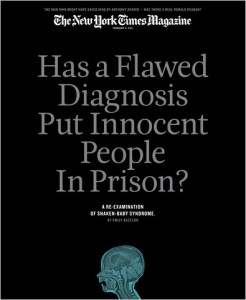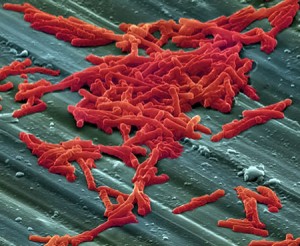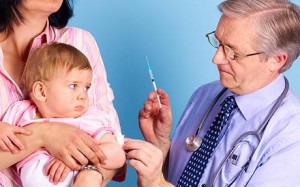We all know of the strong correlation between changes in the environment and the polar bears,but a recent study suggests that the population of this species, Ursus maritimus, could be in real danger with the decline of Arctic sea ice specifically in our country’s Hudson Bay.
Article published on February 8th, 2011 in Nature Communications outlines a study conducted by Peter K. Molnar et al. from the University of Alberta who used mechanistic models to predict changes in litter size of cub polar bears for pregnant females in the western Hudson Bay population under expected changes in sea ice.
Sea ice is vital for the polar bears because during the winter feeding season they rely on the solid floes to take them near the waters where there are lots of food source – seals. But with temperatures rising and early breakup of the ice sheets, the bears are forced ashore sooner than in the past. Moreover, “on shore, there is no food available for them,” as the lead author of the study puts it. Thus the bears, particularly females of reproductive age, are storing up less energy for the months that they have to hibernate during pregnancy.
The researchers found that ~28% of pregnant females already failed to reproduce for energetic reasons during the 1990s. Using mechanistic models, they predicted that if spring sea ice break-up happens 1 month earlier than during the 1990s – 40-73% of pregnant female polar bears could fail to reproduce, and if the break-up happens 2 month earlier – 55-100% could fail. On a global perspective, the study states that a similar litter size decline trend may be found in over 1/3 of the polar bear population.
What’s even more discouraging is that “the litter size predictions provided in this study serve as another indicator that the western Hudson Bay population will probably not remain viable under predicted climatic conditions” as the article states.
Heart wenching video that hits home of malnourished mother polar bear and starving cubs as an example of the conditions that polar bears are and will be facing in the future with current climate change conditions. A Warming Climate Takes its Toll on the Polar Bears of Hudson Bay by Daniel J. Cox
WARNING: NOT FOR THE SENSITIVE SOULS.









